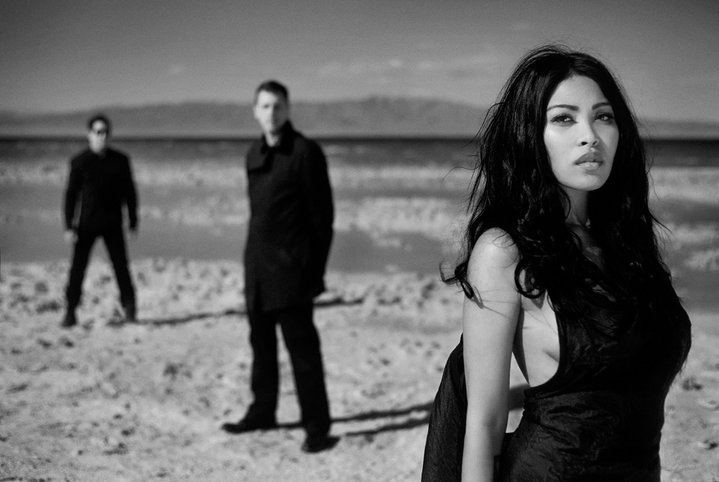
I’m starting up a new recurring feature for Spin Magazine called It’s No. 1 Somewhere, in which we’ll look at pop songs which are doing well on the foreign charts but wholly ignored in the United States. The first installment ran earlier today — it’s about Ukrainian dance-pop singer Svetlana Loboda and the ways in which she seems to logically follow from Lady Gaga and Shakira — but since we just sort of hit the ground running with it, I’m thinking perhaps I should use this space to provide a little introduction or explanation. Or a mission statement, even?
“World music,” though in a way it feels like a term so broad as to be useless, has gradually become actually quite restrictive, since it’s mostly attached to traditional folkish forms that can sell out Carnegie Hall once a year but aren’t really getting any attention at the clubs and radio stations back at home. I mean, I absolutely adore Tinariwen, but they’re also a prime example of how the marketing of the world music genre can preclude mainstream reception for a great band even as it builds a focused and enthusiastic audience out of other people. Truth is, in many cases what’s actually bumping from the car stereos elsewhere is not aesthetically all that different from what we listen to here, except that there might be a language barrier. But so what? It’s not like we’re listening to Ke$ha for her lyrical insights.
This then means that there’s an extremely accessible pop middle ground between those two worlds that’s being largely ignored simply because western audiences are too busy sorting through their own overabundance of musicians and media files. I think we can use chart performance in other parts of the world as a sort of qualifier, a red flag indicating that we should take a break from all this navel gazing — that is, anything that 80% of Nigerian teenagers love should at least briefly register as a blip for us over here. We’re hoping to help connect foreign artists that are poppy enough to immediately feel accessible and familiar to the receptive audiences who won’t mind filing them right between Adele and Beyoncé. Both these groups are already out there, but they’re having trouble finding each other.
At the end of 2011, UCLA doctoral student Patrick Adler compiled a geographic distribution of the bands represented in Pitchfork’s “Best Songs Of The Year” list. Even though I really enjoyed many of those tunes, his terrifying chart speaks for itself.
![Microsoft Word - Top Cities for Indie Hits_ RF3_PA2 AG1[3].docx](https://www.vijithassar.com/blog/wp-content/uploads/2012/08/pitchfork-geography-histogram.jpg)
This is bullshit, and I want to help fix it. Won’t you join me?







![Microsoft Word - Top Cities for Indie Hits_ RF3_PA2 AG1[3].docx](https://www.vijithassar.com/blog/wp-content/uploads/2012/08/pitchfork-geography-histogram.jpg)